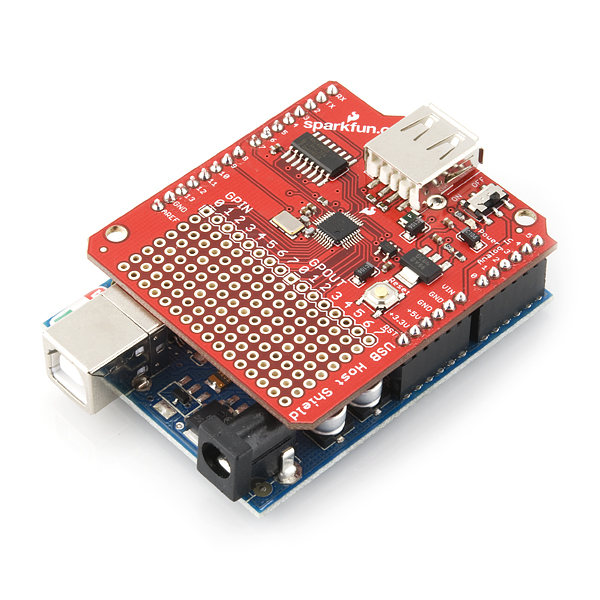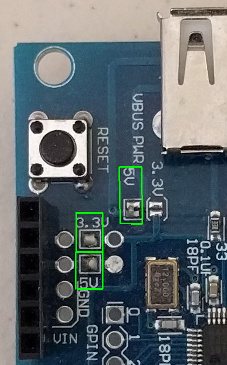
But to fix the swapped pin use you have to short the pin D7 to RESET. In v2.0 of the library the communication happens over the SPI pins and therefore you don’t have to make any change to the library. Old Sparkfun shield (part no: DEV-09628) with v2.0 of the library To address the second issue, you have to add an external power source to the shield like a battery or wall adapter, even if you have connected the Arduino through USB cable. To solve the first issue, you have to make the following change on line number 24 of the max3421e_constants.h file in the library.Īlternatively if you are using my makefile to compile Arduino sketches (more about it in a separate blog post soon), then you can grab my fork of the library and add the SPARKFUN_9628_SHIELD define to your makefile. First, the GPX and RESET pins are swapped and the second it has power issues. Old Sparkfun shield (part no: DEV-09628) with v1.0 of the library Making the Sparkfun shields workĬhoose the instructions from the right section below based on your shield and library version. The library works out of the box and you don’t need to modify anything.īut if you have already bought the shield from Sparkfun, especially the old (like me) then read the next section to find out the changes that you have to do to the library to make it work with the shield. If you have not bought the shield yet, then just go ahead and buy the shield from Circuits Home and use v2.0 of the library. Use it only if you really need to or have to use some other library that depends on it, otherwise use only v2.0. Out of these two, the v1.0 of the library is kind of deprecated. Both of them are from Oleg of Circuits Home. The following are the two libraries that are available for USB Host Shield.
ARDUINO USB HOST SHIELD PINS ANDROID

What is an USB Host Shield?īefore we start, let’s first understand what is an USB Host Shield.

One such shield which has many incompatible versions is USB Host Shield and in this post I am going to tell you how you can select the proper shield and also the changes that you have to do to make even the incompatible shields work with the library. But it becomes a problem when the shield is pretty complex (like the USB Host Shield) and you have to use a library and the shields are not compatible with each other.

In a way this is good, because as a user you are going to have multiple options. Often there are more than one manufacturer for a single type of shield itself. There is a huge variety of shields that are available which can be stacked on top of an Arduino.


 0 kommentar(er)
0 kommentar(er)
